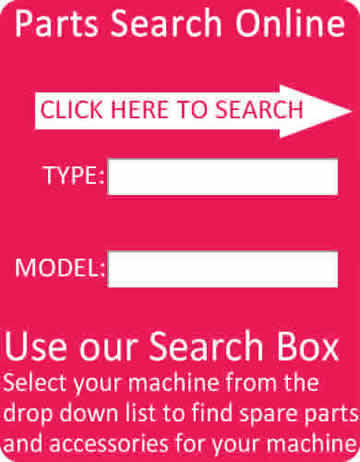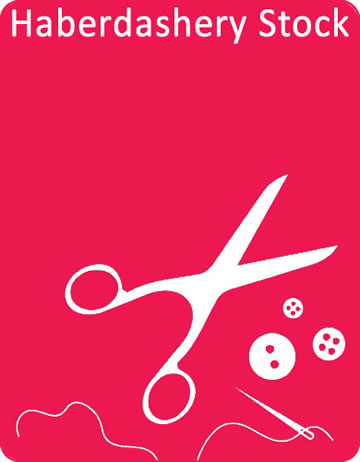We use cookies to make your experience better. To comply with the new e-Privacy directive, we need to ask for your consent to set the cookies. Learn more.
What is differential feed
An overlocker without differential feed is as much use as a sewing machine without a needle..!
Differential feed on an overlocker has two feeds, the front feed and read feed. They have the ability to move the fabric under the presser foot by different amounts. e.g one feed moves further or faster that the other.
For example an regular overlock machine without differential feed has one single feed dog to move the material under the foot.
A Singer overlocker with differential feed, uses two feed dogs, both work in unison to feed the fabric by the exact same amount or they can be set to feed material by different amounts.
If both feed dogs are adjusted to feed fabric at different amounts, this adjustment is by a simple dial usually on the side of the overlocker, it adjusts the differential feed ratio.
The differential feed ratio is the difference in movement between both feed dogs.
Adjusting one way will stretch the fabric, whilst adjusting the other way will contract the fabric, especially noticeable on lightweight or stretch materials.
Knitted fabrics tend to stretch when sewn, so set the differential feed to a high number will help stop this stretching.
Whilst woven fabrics can contract, you would set the differential feed to lower number will help give a perfectly flat seam.
Differential feed means that the layers of fabric are fed through evenly which helps prevent knitted fabrics from puckering and woven or sheer fabrics from wavering.
Using a special accessory foot you can gather or ruffle fabric, or create a lettuce leaf effect while overlocking, thanks to the differential feed.










